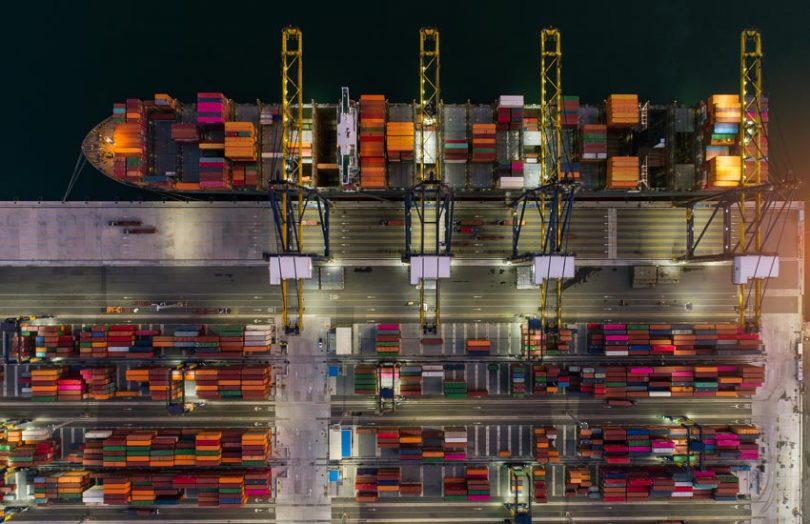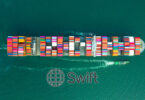The Digital Container Shipping Association (DCSA), in a recent whitepaper, revealed it is developing open source standards for electronic bills of lading (eBL). The non-profit sees blockchain as a promising solution for securing eBL in shipping transactions.
Launched in April last year, the DCSA’s members include many of the world’s biggest shipping companies, including A.P. Moller – Maersk, CMA CGM, Hapag-Lloyd, MSC and ONE.
Bills of lading are crucial documents because they don’t just serve as a receipt for the cargo loaded on the vessel, but also represent legal title to the goods. They’re often couriered separate to the cargo, and hence there’s a risk of fraud.
Whereas with blockchain, eBL’s can be digitally signed, and because there are multiple copies of blockchain data it’s hard to tamper with. Hence the DCSA believes distributed ledger technology (DLT) could eliminate the risk of fraud and protect the integrity of a BL.
To quantify the benefits of using an eBL, DCSA conducted a study which found that processing paper bills was three times costlier than eBLs. It said that the shipping industry could potentially save $4 billion a year if 50% of the market adopts eBL. The DCSA aims to hit this target by 2030. Comparing this with air cargo, the IATA introduced e Air Waybills in 2010 and today it has 68% adoption.
Among the three main barriers to the broader adoption of eBL, DCSA sees blockchain as potentially solving the technology problem, ensuring it’s unique and there isn’t a single honeypot database to manipulate. Next is legal acceptance by governments, banks, insurers and other stakeholders. COVID-19 has gone some way to breaking down this barrier. Lastly, the non-profit talks about collaboration between industry partners, to develop open source digital standards, not just for eBL but for the overall digitization of the industry.
“If everyone who touches the eBL is using the same data format and communication standards, it can be transported seamlessly regardless of preexisting relationships between stakeholders,” said DCSA. “Once a standard eBL is available, it will also be easier for regulators, banks and insurers to accept the eBL as a viable alternative to a paper BL.”
Going forward, DCSA said it would begin an initiative this month to enable open collaboration.
“Digitising documentation, starting with the bill of lading, is key to the simplification and digitization of global trade,” said Thomas Bagge, CEO of DCSA.
Among current blockchain shipping initiatives, TradeLens is one of the largest with a network of over 150 members. It is currently in production and has processed 23 million containers worldwide.
Global Shipping Business Network (GSBN) is another consortium which is using blockchain to digitize shipping operations. Some others trialing DLT for bills of lading include the Israel Ports Company, Pacific International, and the Singapore government.







